“The show is a ship,” Director and deviser Gina Marie Hayes said. “The director is not the captain, but the cartographer, who sets the map and the course that you’re going. Because you have someone charting the course, they become a leader of sorts.”
When asked to describe their process of devising, Hayes explained the fine balance of power dynamics as performances and shows relating to ships. Traditional, non-devised shows typically have a captain, the director; but to them, in devised theater, there is no captain.
“As cartographer, I may be deciding what the route might be, but the cast is the crew,” Hayes said. “So we’ll have to decide how to get there together.”
For the first time in the history of the Prop Thtr, every production in the season will launch cartographer-led ships–that is to say, featured commissioned and devised work. As The new Artistic Director of the Prop Thtr, Olivia Lilley curates a season through the theme of “Confronting Corruption,” focusing on a team of three devisers who work in different formats and methods.
“Through these stories, our characters destroy their faulty foundations, work to heal and decide where to go from here,” Lilley said in a press release. “I look forward to sharing these stories of annihilation and rebirth as we forge a new path for The Prop Thtr.”
Lilley will launch the fall season with her writing and direction in “Neverland,” a devised adaptation of J.M. Barrie’s “Peter Pan.” Hayes will direct and devise “Behold, A Pale Horse” with their ensemble; the work is inspired by Peter S. Beagle’s “The Last Unicorn.” Zach Weinberg will close out the season with writing and directing “2 Unfortunate 2 Travel,” a devised cabaret and adaptation of Thomas Nashe’s “The Unfortunate Traveller.”
Despite the different stories and storytelling routes each deviser decides upon, they agreed that all devising processes had one element in common: collaboration.
“A lot of times, people outside of DIY or devised theater view the director as a God-like figure that can talk about how everything can go,” Hayes said. “From the beginning, that felt wrong to me.”
Hayes pointed out that devised processes interact with interdisciplinary work, work that is not often seen in traditionally-written plays. They emphasized that a director who is interested in devising is interested in what the ensemble has to say, and that those performers in turn inspire and feed back and forth into each other.
Lilley added that it is essential to have those thoughts and feeling of the participants of the work within the work itself.
“They are present, and so they color the experience of it,” Lilley said. “There has to be collaboration and trust.”
Weinberg agreed that the added component of trust is essential.
“Trust allows people to follow their impulses and go out on a limb, while also looking out for the well-being of the story and piece as a whole,” Weinberg said.
Though devising processes may be built on similar foundations, the individual and specific practice of each deviser, for each project, varies.
Gina Marie Hayes’ process
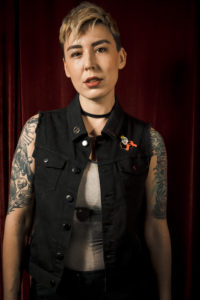
As an early example, Hayes directed the production of “Go Dog Go!” at Northwestern University’s Mussetter-Struble Theater; they and their team focused on devising P.D. Eastman’s children’s book through movement, color and space.
To Hayes, the show was very clownlike and vaudevillian, which meant that it was essential to time childlike joy and break down each comedic element, bit by bit. Those building blocks and character elements helped Hayes and their team see how they could form the story for the stage.
“The characters will tell me where they want to go,” Hayes said. “If you’re listening hard enough, they’ll tell you who they are.”
In their devising process, Hayes comes from an ephemeral place; they start by playing a piece of music or having a certain light. Then, they allow the performers to feel, improvisation and build.
“You take elements from people in the room and recombine them to make meaning in the story,” Hayes said. “I tailor each particular piece to the tone. When you get down to the basics of it, it feels authentic to the piece. It does not feel like an outside perspective is being forced on it.”
Breaking down that process even more specifically, Hayes explained that they always always start each project with a Spotify playlist, a Pinterest board and/or another visual collage, so that the performers can witness both the visual and sonic world of the piece. Sometimes the Spotify playlist becomes the soundtrack for the performance; sometimes it remains an inspiration. Whatever its finality, the playlist serves as a foundation for the story.
In “Behold, A Pale Horse,” Hayes plans to have the show wdeeply rooted in music. They plan to cast a small folk band that acts, sings and dances together. In the initial workshops with the cast, Hayes plans to bring them all together for a jam session.
“It’s going to be a really wonderful bonding experience,” Hayes said. “When you have triple threats in the room, they’re not just going to play the music; they’re going to start creating it.”
Simultaneously, Hayes will concentrate on putting together a production team. They plan to alternate between collaborating with the production team to build the world around “Behold,” then go back to the performers to create new material, edit existing material or scrap non-working material. The earlier parts of the process focus on sight, sound and smell, while later parts of the process focus on crafting the exact moments that do and don’t work in the established spaces the characters will actually inhabit.
Hayes plans to use the source material from “The Last Unicorn” to discuss how their performers feel and what their own life journeys look like.
“There’s a mirror in the journey that the unicorn goes through,” Hayes said. “She goes through a massive transformation, similar to adolescence and/or the trans journey. Elements of this story feel relevant to all of our lives as creators, and in turn, translates to how the audience members feel.”
Recently, inspired by the music of artists around them, Hayes attended a concert by musical artist Lucius. At the end of their show, Lucius stopped and said to the crowd: “We encourage you to take these feelings and catharsis and bring it out into the world and see how that changes your life and the life of those around you.”
“Ultimately, that’s the goal of this production,” Hayes said. “I’m excited to find out how we can harness that feeling, so we can see our own struggles and empathize with them.”
Zach Weinberg’s process
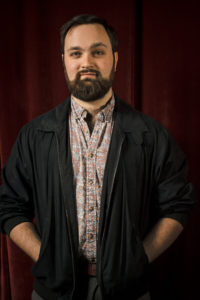
Weinberg’s relationship with devising was sparked by an active interest in his own role as a theater artist.
“I was interested in collaboratively building with everybody in the room, rather than me being God-up-on-high, telling everyone what they need to be doing and when,” Weinberg said. “
In preparation for his workshop process of “2 Unfortunate 2 Travel,” Weinberg created materials for the first workshop.
Initially, he considered how the production is framed in the style of a variety show of events, based on an episodic novel. When he first sat down to write the structure, he instead wrote a script for each moment and each character. He quickly realized he was working himself “into a corner.”
The second time around, he created several materials he wanted to present to his cast, including an opening monologue by the protagonist/host, interstationed monologues, piece reactions and perceptions.
“With each monologue scripted out, I know the opening scene from the story,” Weinberg said. “Later moments… I don’t know what the text or form is going to be.”
The week before the workshop starts, Weinberg plans to send the working script to the cast, so that they may generate ideas for devising and building in the first workshop.
“When we read it out loud, we will clarify the overall thrust of the piece and general thoughts and ideas about the story, characters and themes,” Weinberg said. “If we share an idea, I want to decide on it in that moment. I want to be able to play with the ideas while they’re fresh.”
The workshops will typically last four hours, with the beginning of each rehearsal dedicated to sharing ideas. Then, the cast will actively try them. At the end of that rehearsal day, or the following week, Weinberg hopes that him and the cast will pick one track to go down to clarify it. Lighting and set designers will be involved throughout the process by building out materials in advance, then coming into the ensemble space to build and work on the created moments.
But he doesn’t want to hold himself to that structure entirely.
“As a director, the way I’ve started thinking about my role in the room is as the ultimate collaborator,” Weinberg said. “I want to have my focus and secret plan/structure… but I don’t want anyone else to be constricted by that.
Equally important to Weinberg, for this production in particular, is the relationship between the different ensemble members and the particular source text they are working with, “The Unfortunate Traveller.” It tells a story of unchecked white male privilege.
“How do I tell a story about a white man taking up a lot of space without feeding into it and creating what I’m trying to comment on?” Weinberg said. “Being able to grow with an ensemble, check that privilege with myself, have them check that privilege with me and understand what is fucked up or engaging about the material is going to be very informative.”
Since then, Weinberg has directed and written devised shows using literary source material, such as “Love in the Maze.” He recounted a recent experience he had reading surrealism-based text and stumbling upon the phrase “the medium is the message,” a phrase coined by Marshall McLuhan in his book “Understanding Media: The Extensions of Man.” McLuhan expressed a symbiotic relationship between the medium and how it influences the message that is being transmitted or conveyed through it.
“That just blew my mind open. In my mind, the way you’re saying something is inextricable from what you’re saying,” Weinberg said. “So when you change language, when you change it from character to narration, there’s a perspective you have to follow and imbue into what you’re doing.”
Olivia Lilley’s process
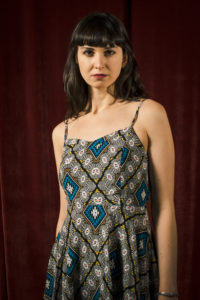
In her undergraduate studies at Carnegie Mellon University, Lilley was a director in a theater lab workshop, in which her, a playwright and a cast of actors were assigned to devise a chapter of the legend of Persephone. The eventual script that was created from the entire’s team collaboration made every part of the lab group satisfied.
Fast forward to 2013, Lilley’s first, fully devised, written and directed play culminated as “The Portrait of Dorian Gray,” made with Pop Magic Productions and in association with The Runaways Lab. The original novel by Oscar Wilde was the sole source. The show featured six actors, all of whom were asked to identify they felt about the characters they portrayed. After six weeks of physical improvisation, Lilley wrote a script.
“In my devising processes, I like to separate the world between physical and verbal,” Lilley said. “And then, structure bridges the gap for me.”
For “Neverland,” Lilley plans to have an ensemble of 10 actors for the Lost (adapted from the Lost Boys) to create an “entire world in a cinematic style.” Each of the Lost will be asked to choose an era in which their character is from and build their own persona with their own desires in mind. Lilley plans to have them complete assignments on those topics, do research, speak about it to the group and improvisation with the rest of the performers.
“I have an image of all the Lost holding small lights and creating a trajectory of them flying through space,” Lilley said. “We’re going to be rehearsing on various sets within the Prop Thtr, so there’s going to be a lot of room to play with how that space should exist and feel, that that physical work will look.”
Lilley likes to stand back in each of her processes, look at the big picture and then shade in the blank parts of the story.
Before Lilley gathers the cast, she compiles research material and components related to the source material (in this case different adaptations of “Peter Pan”). Following her own prep work and using her research as a guide, Lilley finds her cast and gets them together for rehearsals, where she “potpourris” the sharpening of different ideas and skills as they go along.
“We develop the physical world until we have a language from which to pull so it can all be unified,” Lilley said.
She builds the physical world and movements by giving her performers additional assignments that they have to present. Then, they generate additional material through improvisation.
Lilley has ample experience working with different mediums of source text.
“Whenever I tackle found text, I have it in conversation with the actors,” Lilley said.
From working with language plays, “Phantom of the Opera” adaptations and biographies, Lilley has been able to explore different framing devices, characters and intersections. Recently, she wrote, directed and devised a show with an ensemble entitled “In Sarah’s Shadow.” It based on a biography about Eleanora Duse.
“The source material was so undramatic [for “In Sarah’s Shadow”] and so much more dramatic [for “Portrait of Dorian Gray,”]” Lilley said. “Fortune favors the bold!”
Salt for the bold
In Lilley’s many source text experiences, she realized that anything could be source text or reference: an image of a family member, a piece of trash on the ground.
This concept was best illustrated when each of the three devisers were asked to describe how they would devise a show without source text. They were given a one word topic to use as an example: salt.
Hayes thought about salt in two elements: the material’s feeling itself and the act of how it works. They recalled their mother’s and grandmother’s Italian cooking and making protection circles when they were 12 years old. Themes of family, cooking, inner journey, protection, witchcraft all became elements. In sum, it told the story of their family.
“We’re working with salt, but this is a story about family,” Hayes said. “This is a road map, and this is when the ensemble can devise and bring their own stories in.”
Weinberg instantly thought to jump to brainstorming with the cast.
“I’d spend some time bouncing ideas off one another, doing free association exercises and looking at people’s personal experiences,” Weinberg said. “Salt, salt water, salt water taffy. As a group, we’d pick an idea and run it from there.”
Lilley combined elements of Hayes and Weinberg in her approach, focusing on specific memories within herself and her cast that involves salt.
“The words structuring around the idea of salt,” Lilley said. “The most important lessons I ever learned from studying music was theme and variation, so I would incorporate that.”
In salt, perhaps, and in other devised shows, all processes must eventually come to a stop. Hayes said that there is a certain level that you reach as a deviser and team where you have to stop so that the audience can have the same, complicit experience every night.
Lilley writes her scripts quickly, then has open and honest conversations with her cast as they build the show around her. She keeps rewriting and staging the show, making sure to go back to the big ideas. Given the luxury of previews, she schedules six hour rehearsals in between them to make final changes to the script.
Weinberg emphasizes that part of the conceit of the show is create an entertaining and engaging experience, which is why he approaches his work with a blueprint.
“What I’ve done before and what will probably happen this time is that I’ll write and rewrite as necessary,” Weinberg said. “There is a point in that process we have a script, build on top of it and then… I sometimes forget to update the official script.”
Lilley agreed, citing that her stage directions never look like what is written on her pages. But, she also points out that the script still carries the essence of her work, the essence of her direction.
“If a devised work gets produced again, it has the essence of the script and it’s really cool how that plays out,” Lilley said.
For Hayes, the form of the final product can be a script, notecards on the wall or whatever is meant to fit the customization of the show.
“You can build unpredictability and rawness and you can build moments of improvisation and audience interaction,” Hayes said. “I think that’s something DIY theater excels at. But there has to be some structure, otherwise everyone feels adrift. You can’t sail without a boat.”
“Neverland” performances will occur October 25 through November 25, 2018. ”Behold, A Pale Horse” performances will occur March 8 through April 7, 2019. “2 Unfortunate 2 Travel” performances will occur March 15 through April 6. All performances will occur at Prop Thr, 3502 North Elston Avenue. More information can be found through propthtr.org, via email at proptheater@gmail.com or by phone at 773-742-5420. season passes can for all three shows can be purchased here.

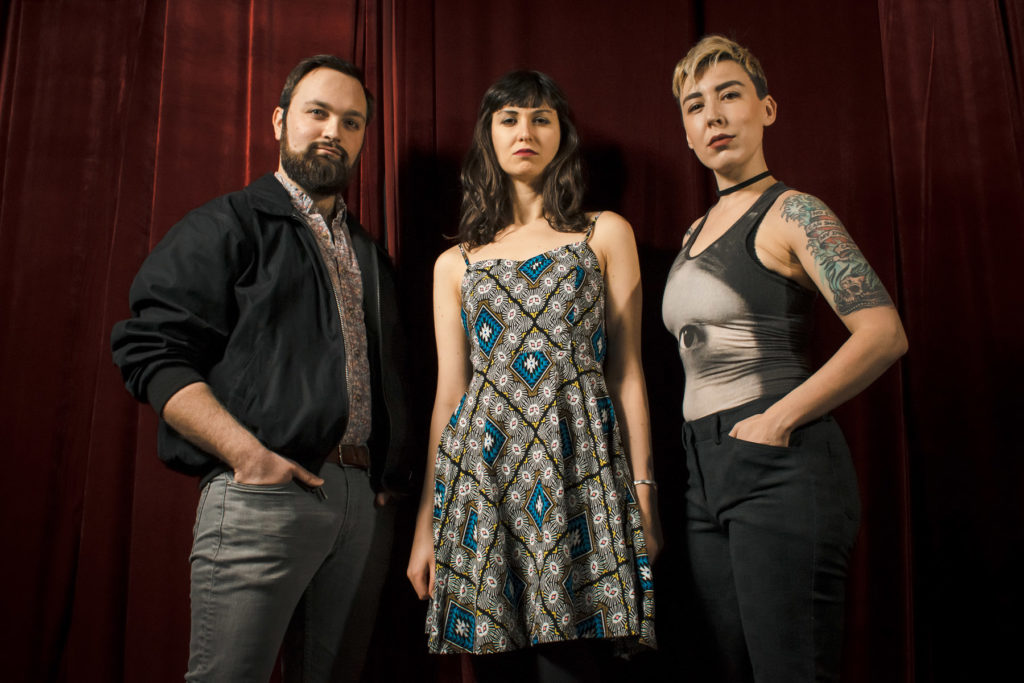
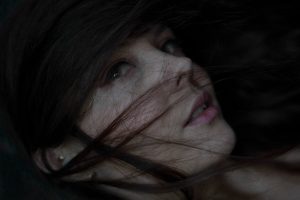


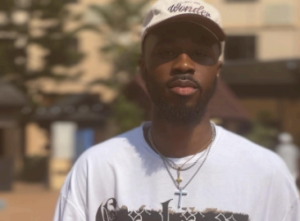
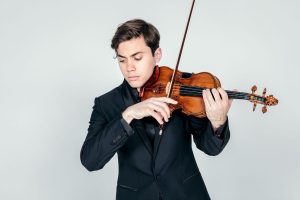

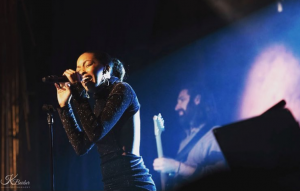
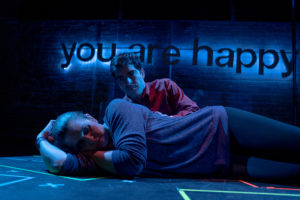
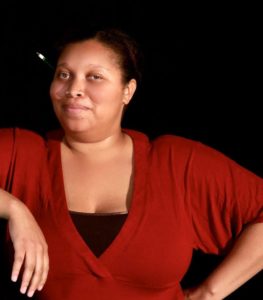
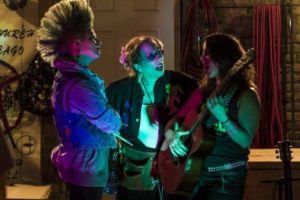
Be First to Comment